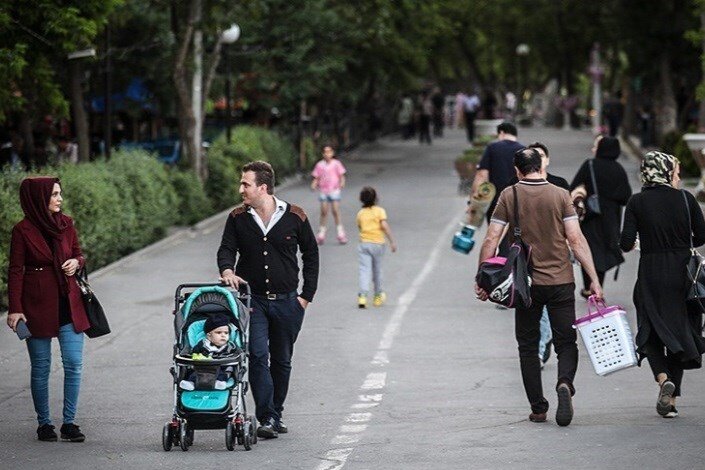Fertility rate in Iran drops by 70% in 30 years: AEI

TEHRAN – The fertility rate in Iran has dropped by 70 percent over the past 30 years, which has been the highest decline in human history, Nicholas Eberstadt, the Henry Wendt Chair in Political Economy at the American Enterprise Institute (AEI) wrote in an article.
The article entitled “Fertility Decline in the Muslim World: A Veritable Sea-Change, Still Curiously Unnoticed” used statistical data from the populations of 49 countries and Muslim-majority geographies.
On average, the fertility rate in the Islamic world has decreased by at least 44 percent, while worldwide fertility rate has dropped by 32 percent. Also, the largest decrease in fertility during the last three decades, which includes a 70-percent decrease in fertility, has occurred in Iran. The decline in fertility rate in Iran over the past 30 years has been astonishing, as it has been one of the fastest and most dramatic statistics on fertility decline in human history.
Melinda Gates, an American philanthropist and co-founder of the Bill & Melinda Gates Foundation, recently wrote on her Twitter account that “The fastest decrease in the rate of childbearing per woman in the history of the world has happened in Iran!”
Population growth drops to less than 1%
Seyed Hamed Barakati, deputy health minister for family and school population, said in May that Iran’s population growth rate has decreased to less than one percent for the first time over the past four decades.
At the beginning of the Islamic Revolution (in 1979), the country's population grew by 2.5 percent annually, however, suddenly, population growth reached about 1.5 percent in the 1980s, he highlighted.
He went on to explain that 14 policies to support childbearing and the family were announced by Leader of the Islamic Revolution Ayatollah Ali Khamenei in [the Iranian calendar year] 1389 (March 2014-March 2015) when he stressed that social, cultural and economic development should be done in accordance with these general policies to support families.
“But since 2 years ago, the marriage rate declined by 8 percent annually. With this trend, we will be one of the oldest countries in the world in the next 30 years, and this is dangerous in all scientific, social, cultural and economic fields,” he lamented.
Iran facing low birth rate
According to the data released by the National Organization for Civil Registration, comparing past three years shows some 1,196,134 infants were born in the country whose births were registered last year, while 1,366,509 births occurred a year before it, and 1,487,913 births have been recorded in the Iranian calendar year 1395 (March 2016-March 2017), a difference of roughly over 100,000 per year.
A major contributing factor to this trend has been diminishing fertility rates in recent decades, further compounded by longer lifespans.
Moreover, socioeconomic factors led to fertility rate decrease and reproductive behavior in the country, including financial issues, urbanization, education, first marriage age, as well as increased access to family planning services along with increased time gap between the firstborn and marriage.
Between the Iranian calendar years of 1376 (March 1996-March 1997) to 1395 (March 2016-March 2017), the average age at first marriage for females increased from 19.8 to 23.0, and for males increased from 23.6 to 27.4.
FB/MG
Leave a Comment